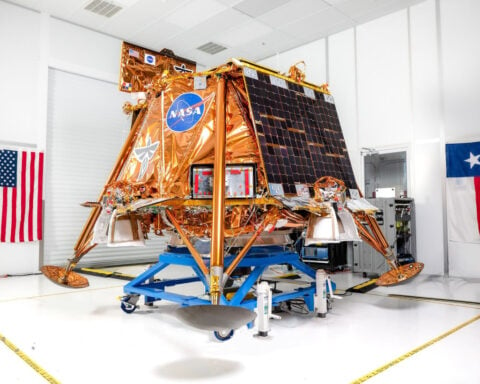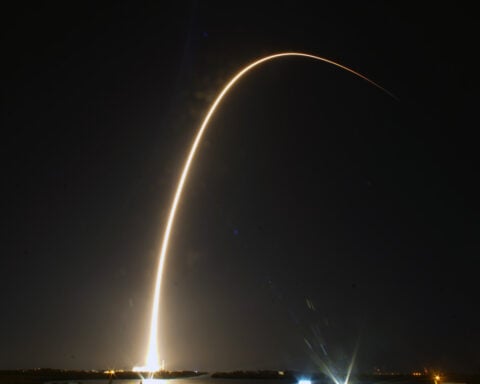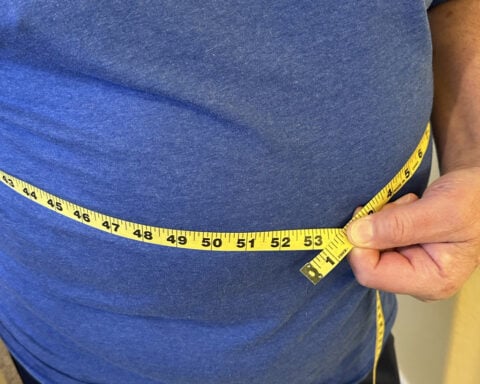(CNN) — Picture a clock ticking so steadily that it doesn’t lose a second, even after running for 1 billion years. Scientists are now closer than ever to realizing that level of timekeeping precision, new research has revealed.
Such a device would greatly surpass the capabilities of atomic clocks, which define the span of a second through controlled energy jumps in atoms’ electrons and are currently the pinnacle of accuracy for measuring time. In atomic clocks, signals that excite the atoms oscillate at a frequency of billions of times per second.
Researchers recently developed a technique that could elevate this accuracy by triggering and measuring oscillations in an even trickier target: an atom’s nucleus. For this nuclear clock, the scientists used ultraviolet light to excite nuclear particles in an atom of thorium-229 embedded in solid crystal. They then measured the frequency of the energy pulses affecting the nucleus — the equivalent of a pendulum in a regular clock — by counting the waves in the UV signal using a tool called an optical frequency comb.
Causing energy jumps in a nucleus requires a much higher frequency signal than is required for atomic clocks. With more wave cycles per second, this approach is expected to provide more accurate time measurements.
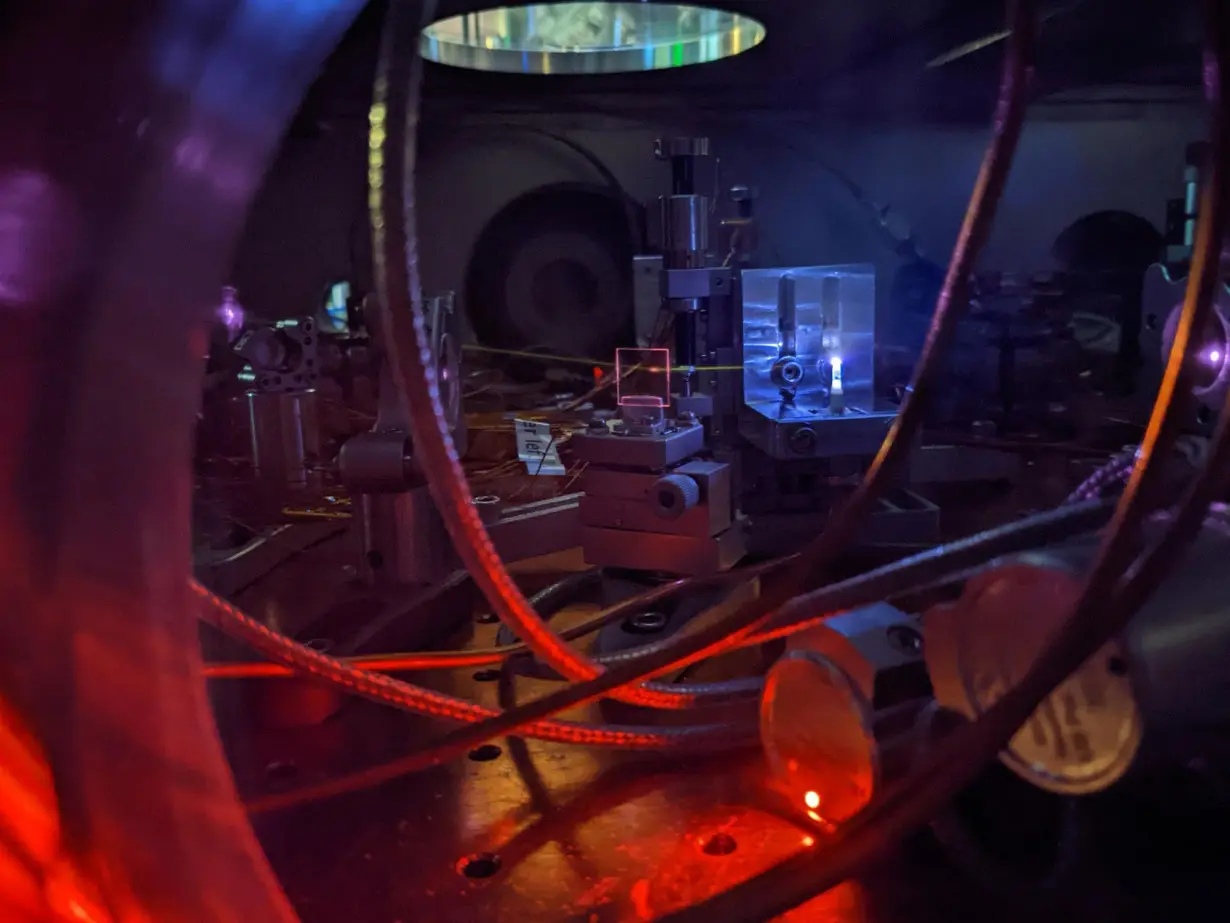
While their nuclear clock is still a work in progress, once realized it could transform not only timekeeping but also the study of physics, even affecting how scientists investigate the fabric of the universe. The prototype is not yet as accurate as an atomic clock, but future versions are expected to be potentially even more precise and stable, according to research published September 4 in the journal Nature.
Now that the researchers have shown that it’s possible to produce and measure these signals, “there are a lot of things that we can push to further improve the accuracy,” said study coauthor Chuankun Zhang, a graduate student in Dr. Jun Ye’s lab at JILA — a joint research center funded by the University of Colorado Boulder and the National Institute of Standards and Technology.
For example, Zhang told CNN, adjustments could include tweaking the alignment and frequency of the lasers pinging the nucleus.
“This work truly marks the dawn of a nuclear clock,” said Dr. Olga Kocharovskaya, a distinguished professor of physics at Texas A&M University who was not involved in the research.
In 2023, Kocharovskaya and other researchers tested nuclei of scandium-45 atoms as possible candidates for a nuclear clock. At the time, those atoms produced the most robust energy transition — and measurable pulse — ever seen in a nucleus, but the new results from thorium-229 generated a stronger signal and were more stable, Kocharovskaya told CNN in an email.
“The broader significance is in the confidence this paper provides in the reality of the nuclear clock,” she said. “It leaves no doubts that such a clock is feasible and will be built soon.”
Time after time
In atomic clocks, an atom’s electrons are pinged with electromagnetic radiation at specific frequencies. Bursts of energy excite the electrons, pushing them into a higher orbit around the atom. Oscillations that trigger electrons’ transitions between states mark the passage of time, according to NASA.
The reliability of atomic clocks is far greater than in everyday clocks that measure seconds in vibrations of quartz crystals, which are prone to dropping out of sync. For decades, atomic clocks have been used in GPS technologies, for space exploration and for keeping international time.
However, atomic clocks are also vulnerable to sync loss. Electromagnetic disturbances can disrupt excited electrons and affect the precision of the timekeeping, Zhang said.
Particles in an atom’s nucleus, on the other hand, are harder to agitate than electrons. Protons and neutrons are tightly bound together by the strong nuclear force — the most powerful of all the fundamental forces. Wavelengths that can induce a nucleus transition oscillate at higher frequencies, enabling more precise time measurements, the researchers reported.
Before this study, there were several important breakthroughs for the development of nuclear clocks. The first, in 1976, was the discovery that the thorium nucleus was “uniquely low-energy” and could be pushed into an excited state by using vacuum ultraviolet, or VUV, laser light. By 2003, scientists were proposing that because thorium required less energy to excite its nucleus than most other types of atoms did, the isotope thorium-229 would be a good candidate for nuclear clocks, according to the study.
In 2023, scientists pioneered a method of embedding thorium-229 into crystals; this solid state system suppressed signals from nuclear decay, making desired signals easier to track. Earlier this year, other researchers measured the wavelength of VUV light required to excite the nucleus in thorium-229.
“Our work builds on top of that,” Zhang said. “With our frequency comb light source and this crystal, we were able to excite the nuclear transition and the various transition energies.” Their results were about 1 million times more precise than previous measurements, Zhang added.
“This paper is a real tour de force,” said Dr. Shimon Kolkowitz, an associate professor and chair of physics at the University of California, Berkeley.
“The quality of the data and the speed with which they achieved the remarkable results in this new manuscript is really amazing,” said Kolkowitz, who was not involved in the research. “It represents a major step forward in the development of nuclear clocks, which physicists have been working towards for decades.”
Revolutionizing physics
Atomic clocks’ accuracy and stability have already given scientists important tools for studying earthquakes, gravitational fields and space-time. These fields could experience “a major boost” from nuclear clocks, Kocharovskaya said. Nuclear clocks would be not only more precise but also simpler and more portable, because unlike atomic clocks they wouldn’t require high vacuum conditions, extreme cooling and powerful shielding from magnetic and electric disruption, she said.
The study of physics itself could be revolutionized by using nuclear clocks alongside atomic clocks, according to Zhang. Monitoring and comparing frequency ratios in the two types of clocks over time could help scientists tell whether fundamental physics constants are truly as constant as they seem or if they shift at levels previously too minuscule to measure, Zhang said.
This paired clock technique could be a game changer for the study of dark matter, the mysterious substance that makes up 80% of the universe but which has never been directly measured, he added.
Some scientists have proposed that dark matter interacts with particles such as electrons, quarks and gluons, but in amounts that are currently undetectable.
“We want to see if dark matter could interact with the atomic nucleus in a slightly different way compared to the electron orbit in the atom,” Zhang said. “If the nuclear clock and the atomic clock transition frequency ratio is changing over time, it would be an indication of new physics.”
Though there is still much progress to be made before nuclear clocks surpass the performance of atomic clocks — or replace them — these findings hint that such a time isn’t far off, Kolkowitz said.
“As better UV laser sources are developed and as some of the mysteries and tricks of nuclear clocks get worked out, I expect that eventually some of the kinds of experiments we are currently doing in my lab to test relativity and search for new physics with atomic clocks will instead be performed with nuclear clocks,” Kolkowitz said.
What’s next for nuclear clocks? At this point, only time will tell.
Mindy Weisberger is a science writer and media producer whose work has appeared in Live Science, Scientific American and How It Works magazine.
The story has also been updated to clarify Chuankun Zhang’s professional affiliation.
The-CNN-Wire
™ & © 2024 Cable News Network, Inc., a Warner Bros. Discovery Company. All rights reserved.

 UK inflation unexpectedly eases in December, which could reduce pressure in bond markets
UK inflation unexpectedly eases in December, which could reduce pressure in bond markets
 Body count from South African mine siege rises to 60
Body count from South African mine siege rises to 60
 US importers rush in goods from China as Trump tariff threat looms
US importers rush in goods from China as Trump tariff threat looms
 Novak Djokovic breaks a tie with Roger Federer for the most Grand Slam matches in tennis history
Novak Djokovic breaks a tie with Roger Federer for the most Grand Slam matches in tennis history
 China's RedNote: what you need to know about the app TikTok users are flocking to
China's RedNote: what you need to know about the app TikTok users are flocking to
 British author Neil Gaiman denies ever engaging in non-consensual sex as more accusers come forward
British author Neil Gaiman denies ever engaging in non-consensual sex as more accusers come forward
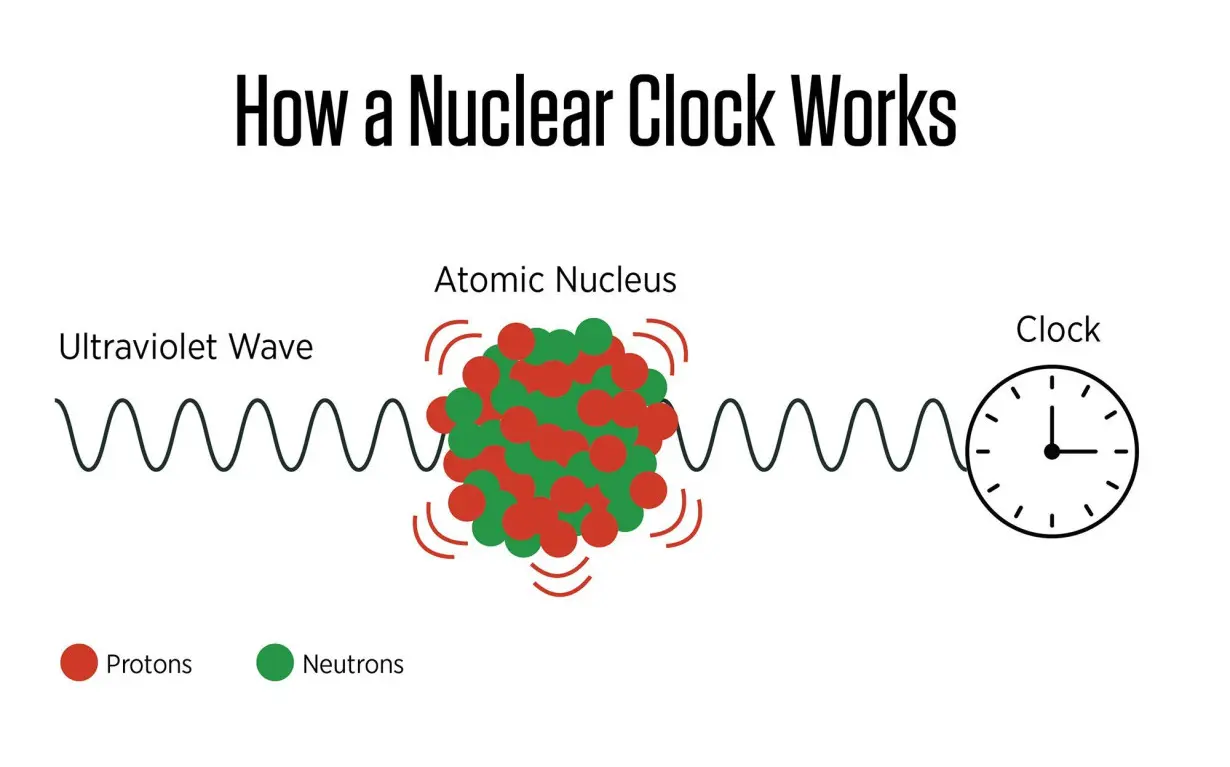 National Institute of Standards and Technology via CNN Newsource
National Institute of Standards and Technology via CNN Newsource
